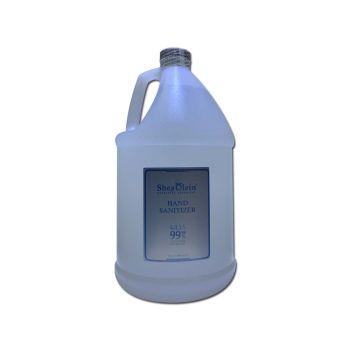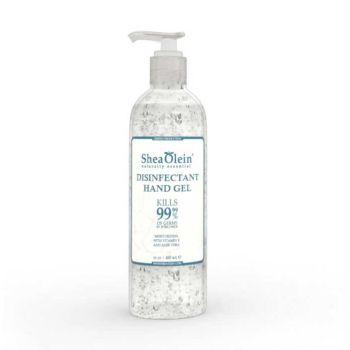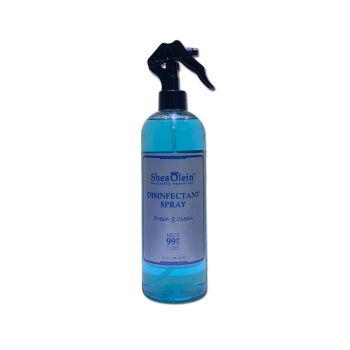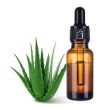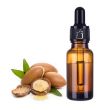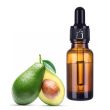Just Essence offer 70% alcohol-based gel hand sanitizer, disinfectant spray with moisturizing Aloe Vera is formulated to be used without water or towels. Ethyl Alcohol scent; new and improved fragrance. Made in the USA. Gallon bottle with twist cap.
A disinfectant spray is a chemical solution formulated to kill or deactivate a wide range of pathogens, such as bacteria, viruses, and fungi, on various surfaces. These sprays are commonly used for sanitizing and disinfecting surfaces in homes, workplaces, healthcare settings, and public places to reduce the spread of infectious diseases. Here are some key features and considerations regarding disinfectant sprays:
Key Features and Considerations:
-
Active Ingredients: Disinfectant sprays contain specific active ingredients that are effective against different types of pathogens. Common active ingredients include quaternary ammonium compounds, hydrogen peroxide, alcohol, and sodium hypochlorite (bleach).
-
Pathogen Efficacy: The efficacy of a disinfectant spray is determined by its ability to kill or inactivate specific pathogens, such as bacteria, viruses, and fungi. Check the product label for a list of pathogens it targets.
-
Surface Compatibility: Disinfectant sprays may have different levels of compatibility with various surfaces. Some are safe for use on hard surfaces, while others can be used on soft surfaces like fabrics.
-
Contact Time: Most disinfectant sprays require a specific contact time, which is the amount of time the surface must remain wet with the product for effective disinfection. It's important to follow the manufacturer's instructions to ensure proper disinfection.
-
Residue: Some disinfectant sprays may leave a residue on surfaces, while others evaporate without leaving residue. The choice depends on the application and preference.
-
Fragrance: Some disinfectant sprays are available in scented or unscented versions. The fragrance can help mask the smell of disinfectants or provide a pleasant after-effect.
-
Health and Safety: Always follow the safety precautions listed on the product label. Ensure proper ventilation during use, avoid contact with skin and eyes, and keep these products out of reach of children and pets.
-
Storage and Shelf Life: Store disinfectant sprays in a cool, dry place and check the expiration date to ensure the product remains effective.
-
Application: Use disinfectant sprays on frequently touched surfaces, such as doorknobs, light switches, countertops, and electronic devices. They are also commonly used in healthcare settings to disinfect medical equipment and surfaces.
-
Compliance: Check whether the disinfectant spray meets the regulations and guidelines set by health authorities, such as the Environmental Protection Agency (EPA) in the United States.
How to Use:
Using a disinfectant spray is straightforward:
-
Read the product label carefully to understand the active ingredients, contact time, and any specific instructions.
-
Shake the bottle, if required, to ensure proper mixing of the solution.
-
Spray the disinfectant evenly onto the surface, ensuring it remains wet for the specified contact time.
-
Allow the disinfectant to air dry or wipe it away, as per the product instructions.
-
Dispose of or wash any materials used for cleaning or disinfecting in a safe manner.
Disinfectant sprays play a vital role in maintaining hygiene and preventing the spread of illnesses. They are a crucial tool, especially during public health crises. When choosing a disinfectant spray, consider factors such as the targeted pathogens, surface compatibility, and safety precautions to ensure effective and safe disinfection.
DISINFECTANT
-
Moisturizing Hand Sanitizer 8lbSpecial Price $39.95 Regular Price $49.95
-
Moisturizing Hand Sanitizer 12ozSpecial Price $6.95 Regular Price $9.95


